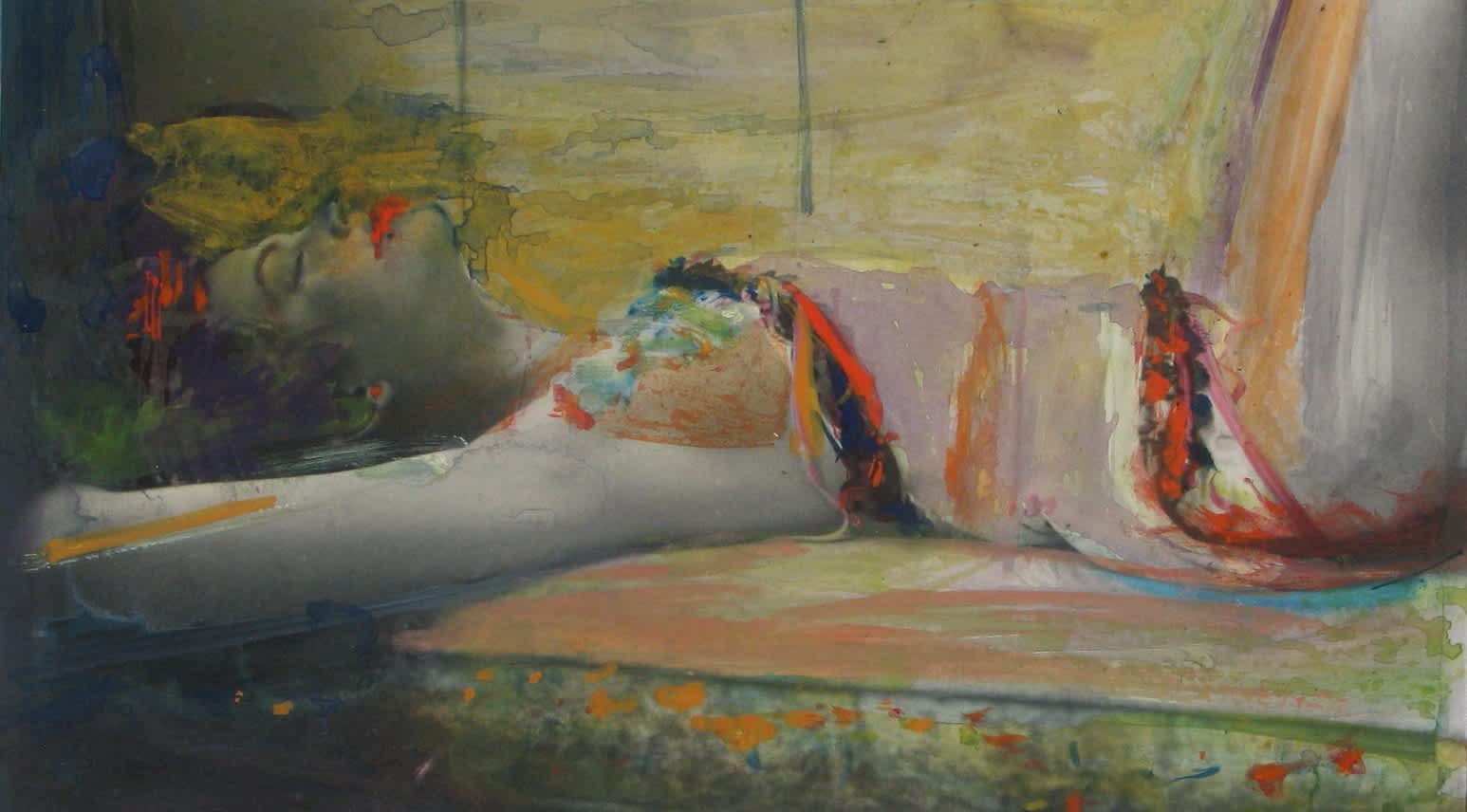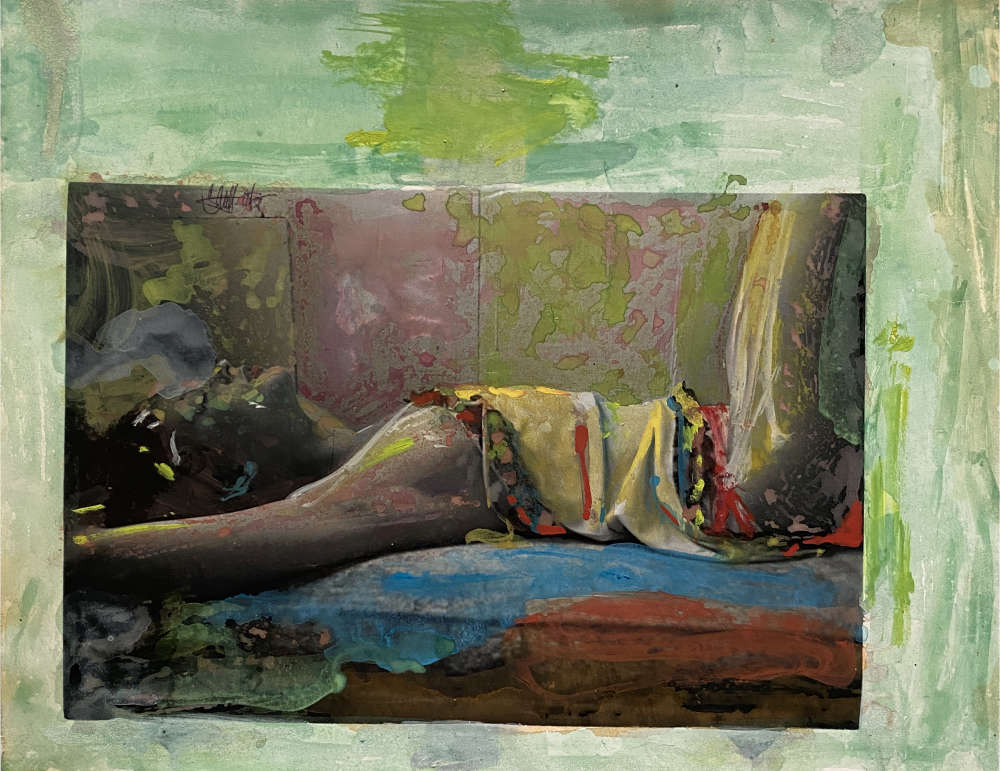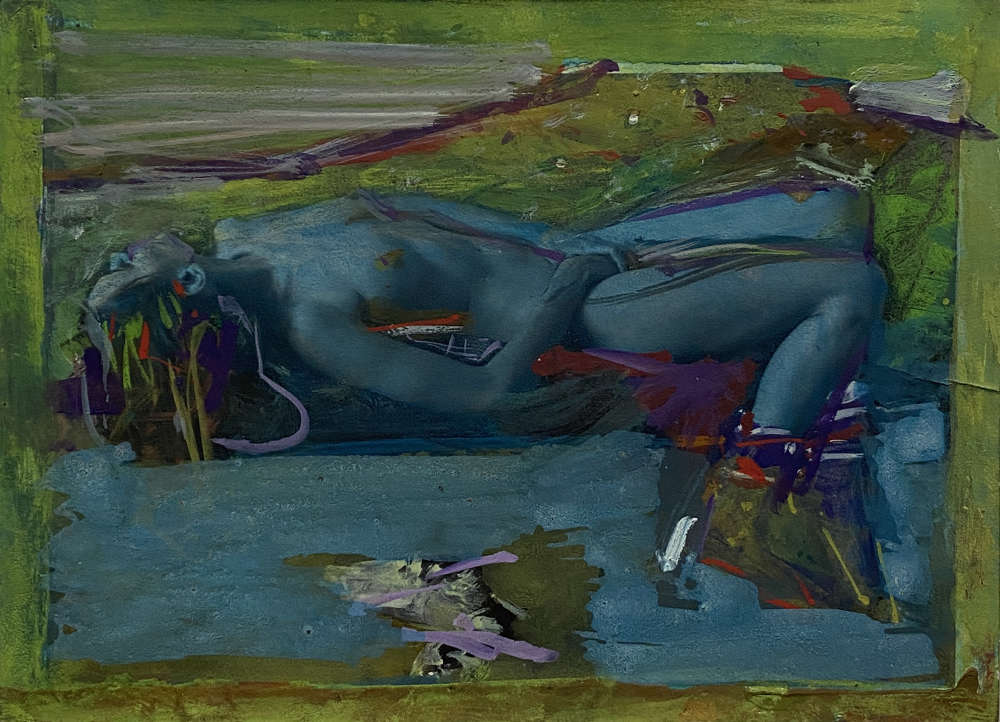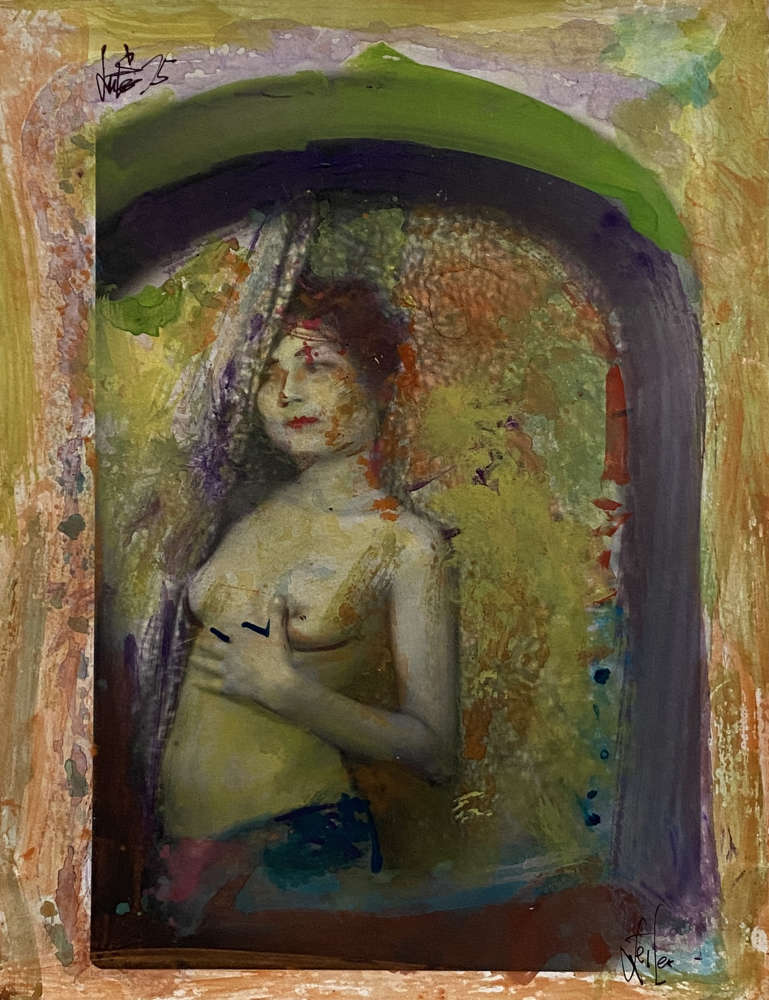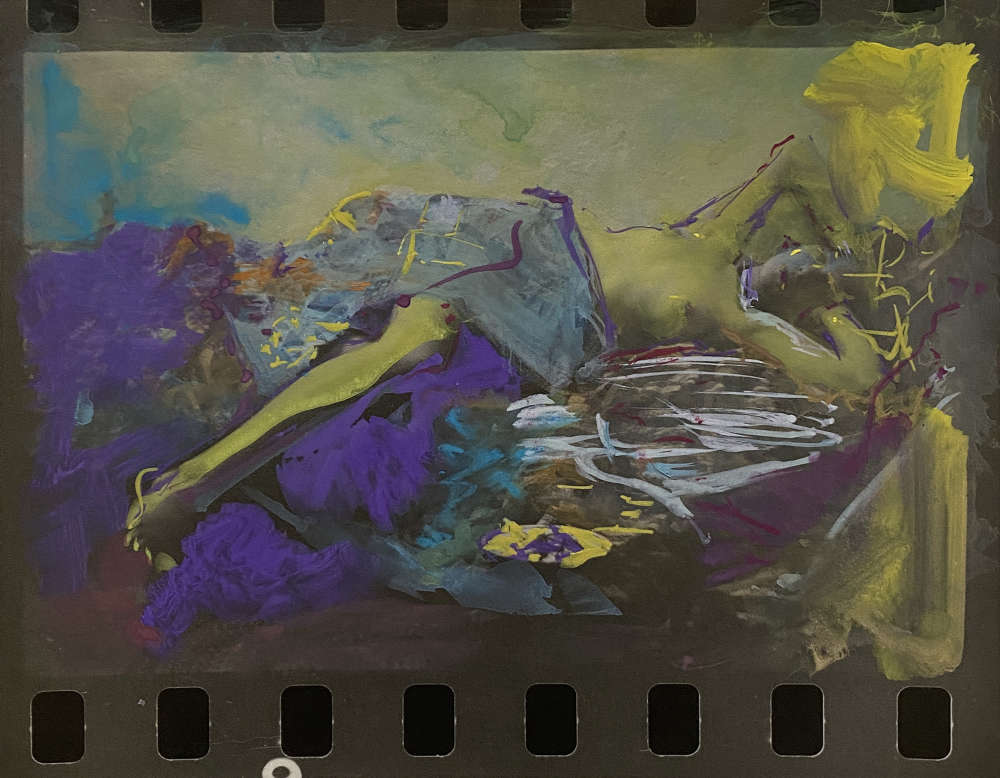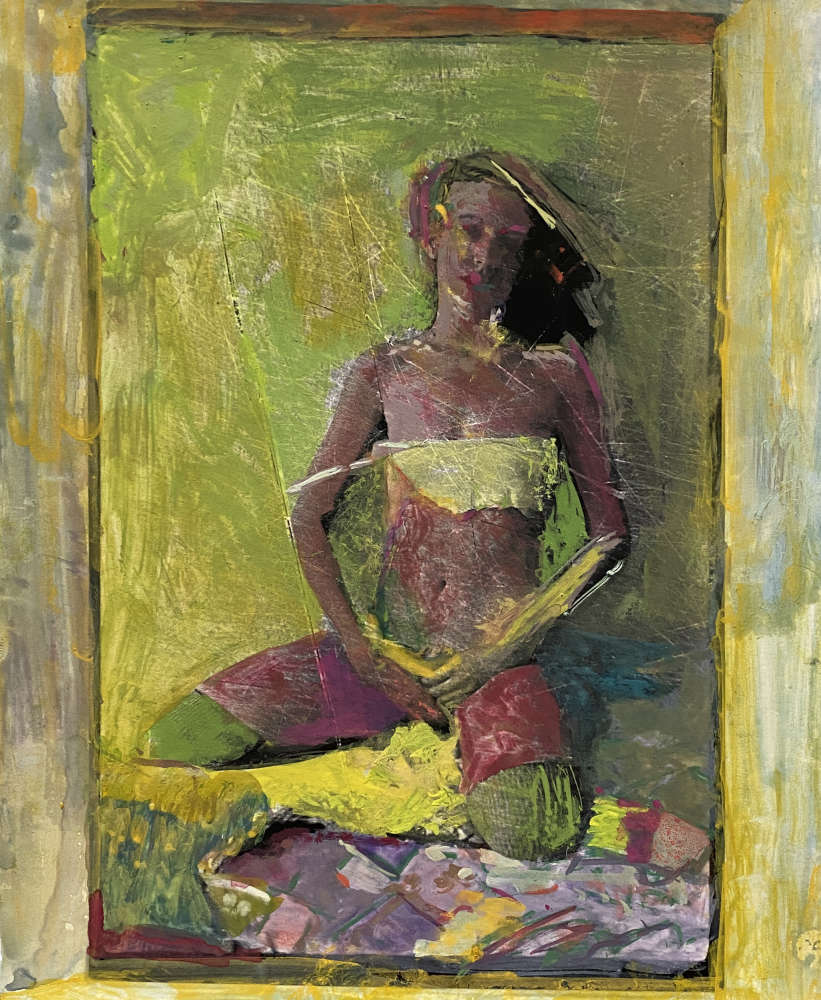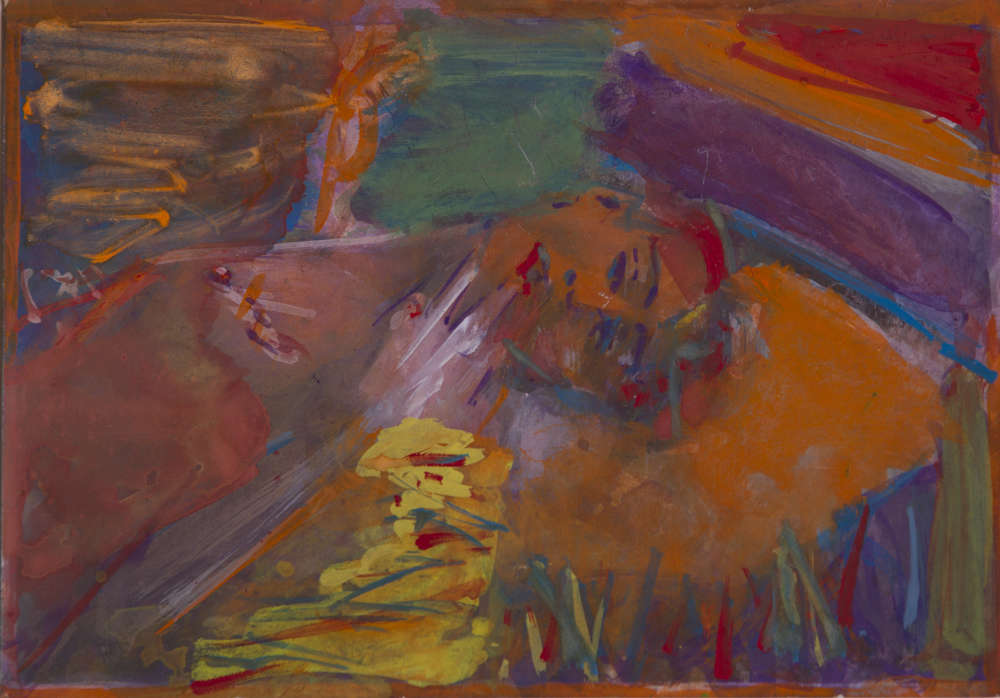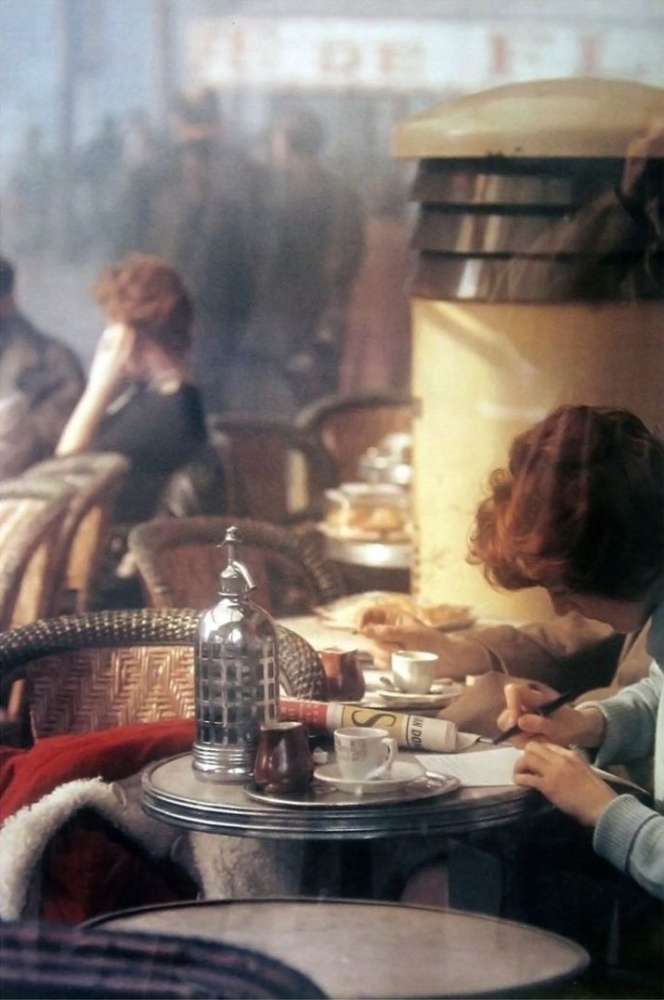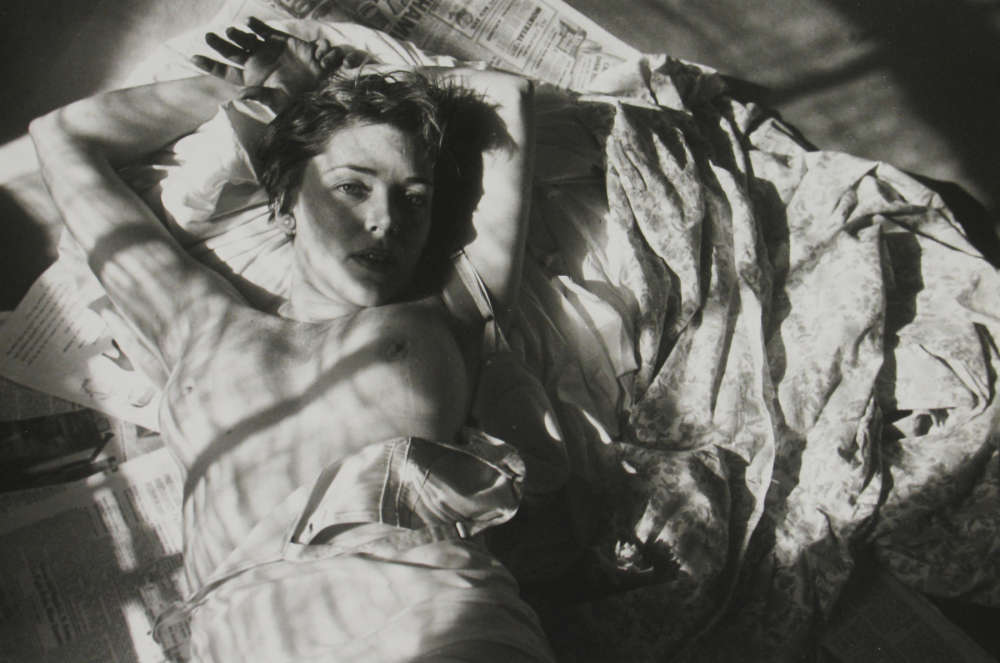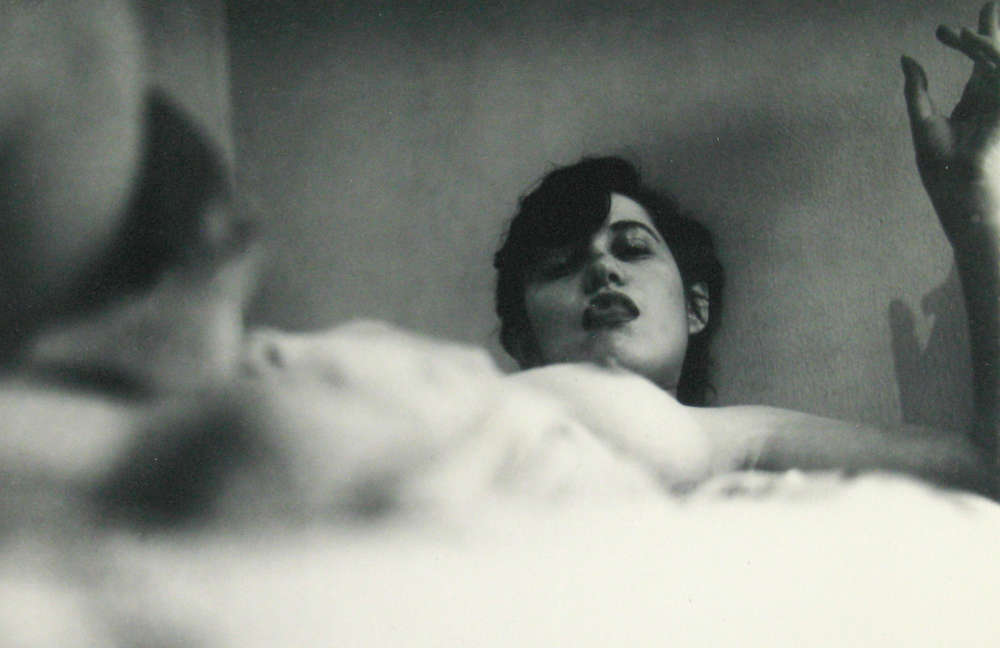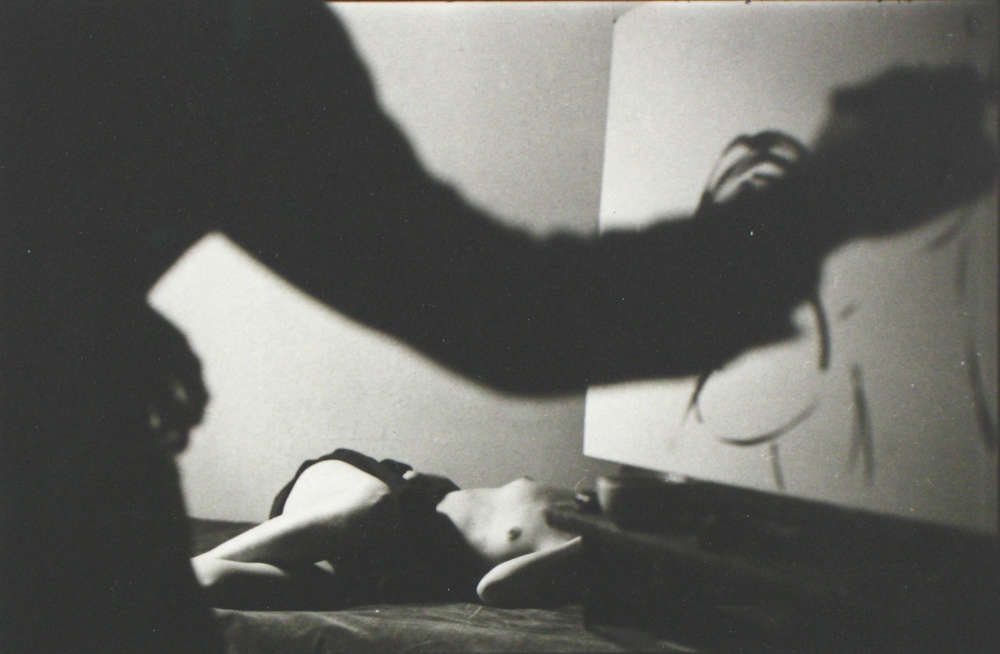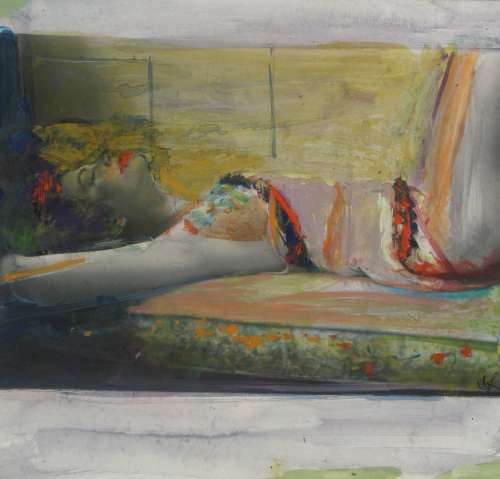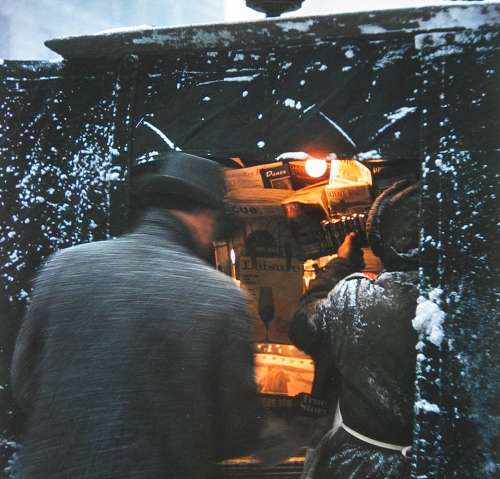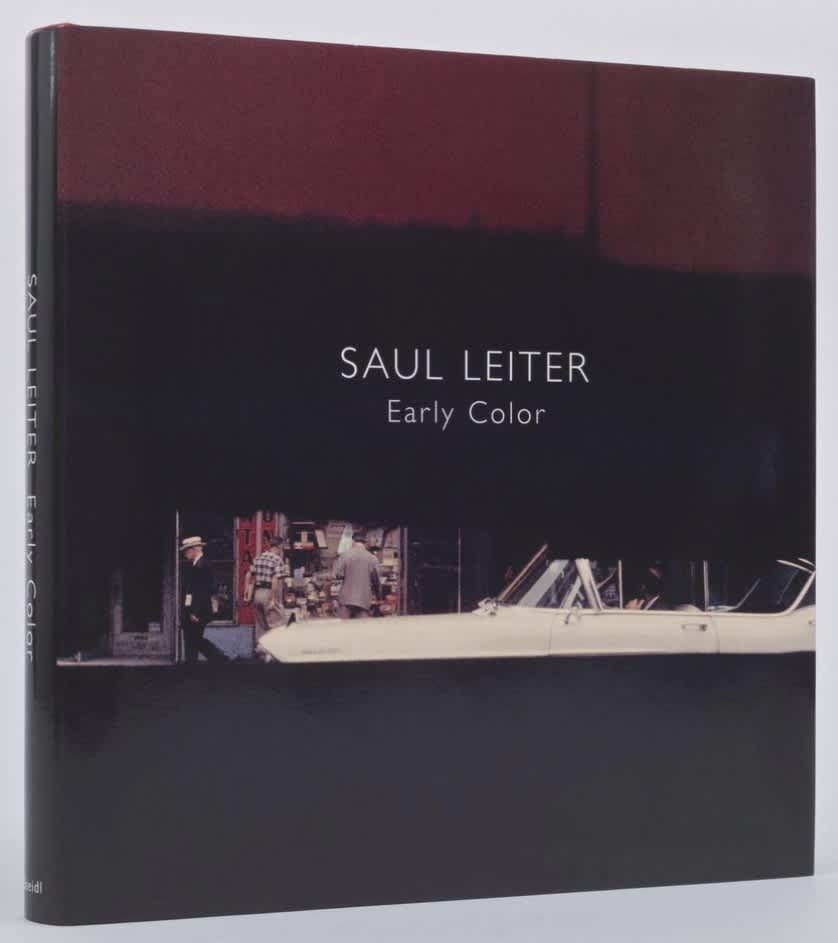Saul Leiter
Works
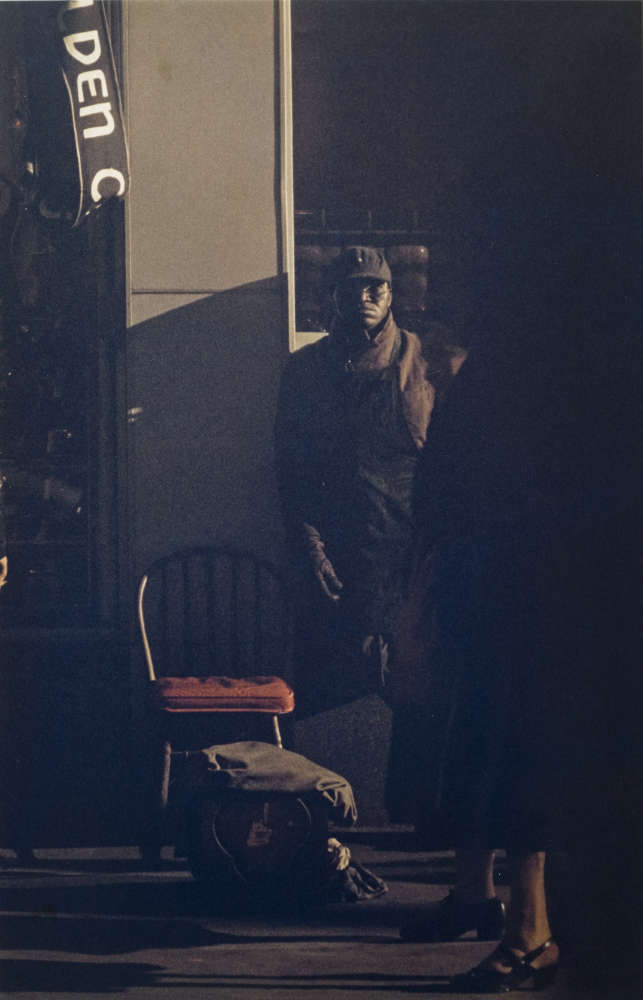 Saul Leiter, Shoeshine Man, New York, 1950
Saul Leiter, Shoeshine Man, New York, 1950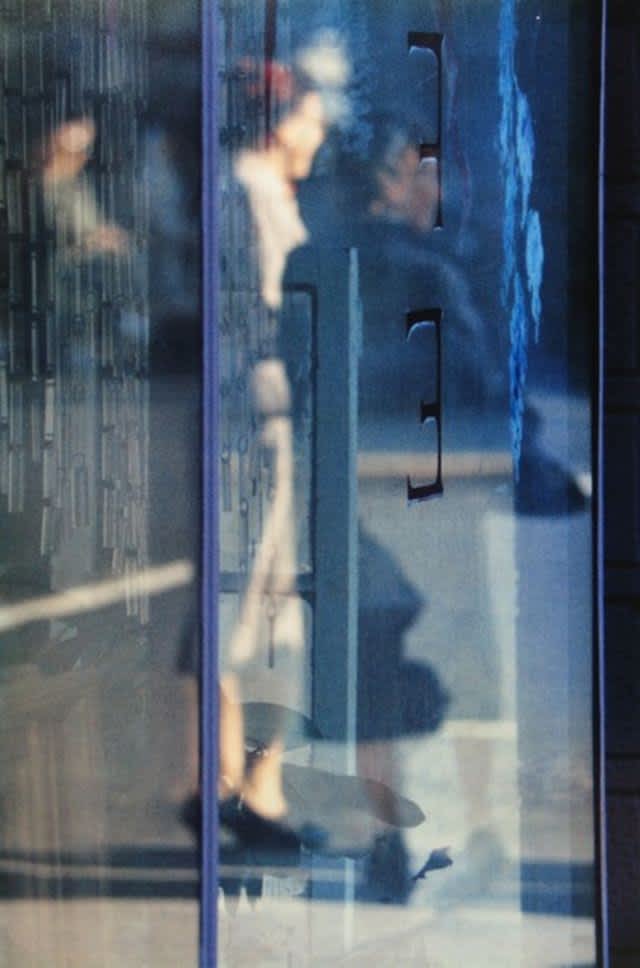 Saul Leiter, Untitled (reflection of woman in glass), New York, 1950
Saul Leiter, Untitled (reflection of woman in glass), New York, 1950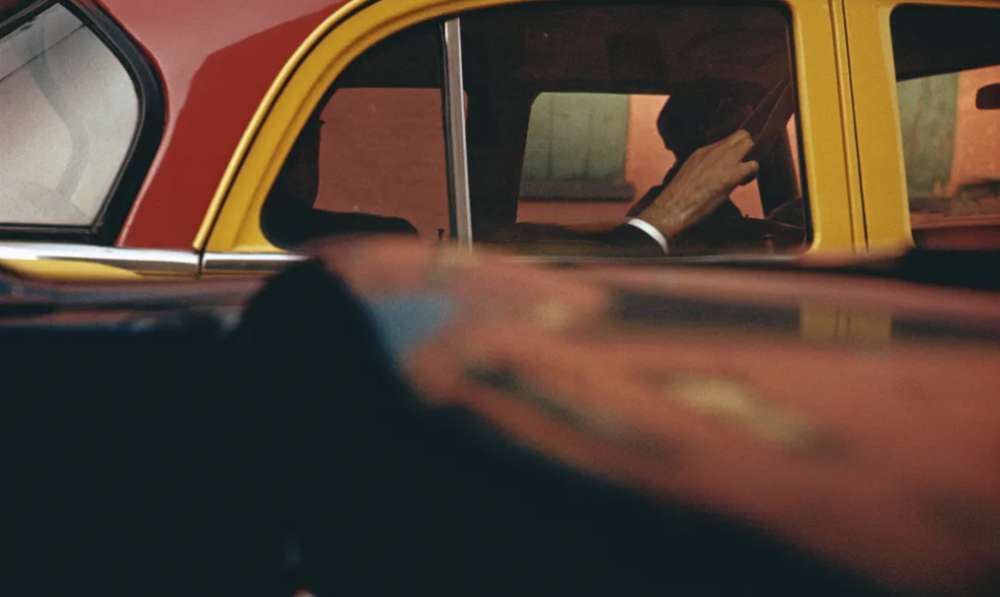 Saul Leiter, Taxi, New York, 1957
Saul Leiter, Taxi, New York, 1957 Saul Leiter, Untitled (0134340), 1970s-1990s
Saul Leiter, Untitled (0134340), 1970s-1990s Saul Leiter, Untitled (0120752), 1970s-1990s
Saul Leiter, Untitled (0120752), 1970s-1990s Saul Leiter, Untitled, 1970s - 1990s
Saul Leiter, Untitled, 1970s - 1990s Saul Leiter, Untitled (0120512), 1970s-1990s
Saul Leiter, Untitled (0120512), 1970s-1990s Saul Leiter, Untitled (0100162), 1975
Saul Leiter, Untitled (0100162), 1975 Saul Leiter, Untitled, unknown
Saul Leiter, Untitled, unknown Saul Leiter, Untitled, 1970s - 1990s
Saul Leiter, Untitled, 1970s - 1990s Saul Leiter, Untitled (0030567), 1995
Saul Leiter, Untitled (0030567), 1995 Saul Leiter, John's Friend Liz (0120523), 1972
Saul Leiter, John's Friend Liz (0120523), 1972
Biography
Saul Leiter Biography
The late Saul Leiter (1923-2013) was an American artist and photographer famed for his great contribution to the canon of color photography. Leiter was born in Pittsburgh, the son of a distinguished rabbi and Talmudic scholar.
As a teenager, Leiter became entranced by painting. After some time studying at the theological college in Cleveland, the budding artists moved to New York City in 1946 to pursue a career in painting. It was there in New York City that Leiter would meet experimental photographer Richard Pousette-Dart and W. Eugene Smith, sparking the young artist’s passion for photography.
Saul Leiter lived and worked in the city that inspired him, New York City, until he passed away at his home in the East Village on November 16th, 2013.
Saul Leiter remains one of the most iconic photographers of his generation. In his passing, Leiter left behind a lasting legacy and life’s work, including some of the finest examples of street photography to have ever been produced.
Saul Leiter's photography is recognizable for its painterly quality which distinguished the artist’s work from that of his contemporaries. In Leiter’s photographs, color is paramount. Saul Leiter describes his work and approach by saying “I don’t believe that black and white is sacred or that color is profane. In my own work they have both been equally important”.
In The New York School, Jane Livingston wrote, “The very fact that color becomes the subject of the photographs places Leiter’s work in another realm- a realm that is unabashedly artistic.” Leiter’s photographs bridge the gap between photography and fine art. His contributions to photography have been featured in numerous publications, including Jane Livingston’s book, The New York School: Photographs 1936-1963, and Martin Harrison's book, Appearances: Fashion Photography Since 1945.
Saul Leiter's work has also been displayed in numerous prestigious public and private collections, including displays at The Museum of Fine Arts, Houston; The Baltimore Museum of Art, The Art Institute of Chicago, and The Victoria and Albert Museum, London.
By 2006, Leiter’s monograph, Early Color, was published, and his work experienced a surge of popularity. That same year, the Milwaukee Museum of Art held a show of Leiter’s photographs. Two years later, in 2008, Leiter would travel to Paris to exhibit at the Fondation Henri Cartier-Bresson. From then on, public acclaim abounded, including installations at the Knoedler Gallery in New York, documentary film features, and solo shows in museums and galleries across the U.S. and Europe.
Leiter remains best known for his experimental use of color, abstracted forms, and compositions depicting street scenes. Leiter would often use his close circle of friends as portrait subjects and became known for his unique use of Kodachrome 35 mm film past its sell-by date.
Since his death in 2013, Saul Leiter’s work has continued to be celebrated with a two-volume book published by Steidl, entitled Saul Leiter: Early Black and White (2014) and his work continues to be displayed at major European museums. In 2018, a series of black-and-white nudes taken early in the artist’s career came to the forefront depicting the women in Leiter’s life. These images have been displayed in print and exhibitions across New York and Berlin.
